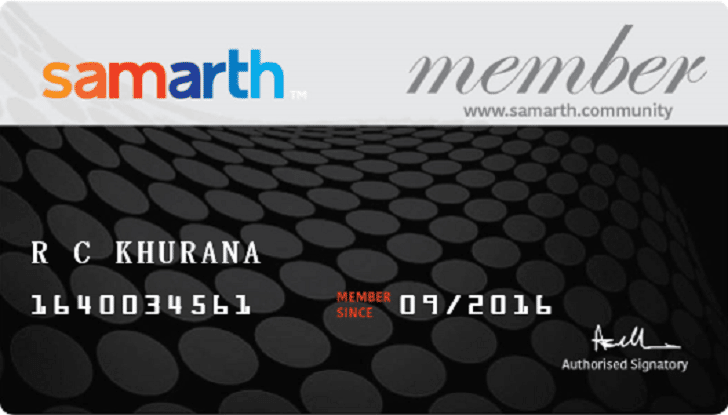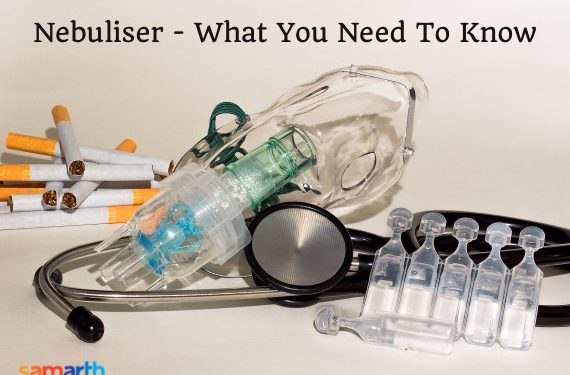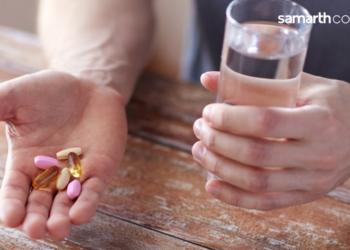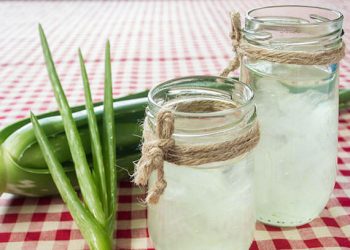The current season in India is extreme Monsoon in many parts and the onset of winter in some regions. These seasons come with a whole host of issues like the viral fever, and also sees a rise in the allergic cold and cough. This also happens to be a tough time for those people, especially the children and the seniors, who have breathing problems like bronchitis, asthma etc.
You may find the doctor prescribe nebulisation sessions to ease the breathing discomfort and also treat the allergy. This is found to be very effective in such cases, and hence, you may find that you may also have to use a nebuliser a couple of times every year. Many households in India are now purchasing the nebuliser to be kept at home, for personal use, rather than make the trip to the hospital for a session.
What is a nebuliser?

Join Now >
A nebuliser is a simple device, which helps deliver the necessary medication to those who may not be able to use metered-dose inhalers (MDI) efficiently. The device is available in the battery as well as electric run versions and is a small compact device that can last long.
It comes with a base called as the compressor, a cup or the medicine tray into which the prescribed medicine capsules are emptied, and a mask that needs to be fitted to the nose. There will also be a connecting tube from the compressor to the medicine tray. It is effortless to connect and use and dismantle and clean, after use. You even get the compact, compressed ones that you can carry while travelling.
When the device is put together as per the instructions on the pack and is switched on, it converts the medicine put into the medicine tray, into the mist that helps ease the breathing problem. The mist keeps forming, and when the medication is over, you can make out as the medicine tray/cup will be empty, and also the mist stops forming. You may then switch it off, dismantle, wash, wipe and put away, till next use.
Safety measures
One must wash and sanitise your hands thoroughly before putting together the nebuliser. The patient must be in a comfortable sitting or reclining position, as advised by the doctor. The medicine dosage should also be only as prescribed by the doctor, and no homemade saline or solutions should be used to do nebulisation.
Usually, the doctors prescribe combination medications be used in a nebuliser, so the medicines should be checked thoroughly. The nebulisation course is also commonly prescribed for more than once a day, and hence it should be strictly done as per the doctor’s orders. One person should stay with the person, just to make sure that nothing goes wrong, and that things are in order, especially if kids or pets are around.
More than one person can use the device (if needed), provided that it is washed and disinfected properly, every time. Check the instructions on the device package or check with the doctor or the chemist, for proper usage and cleaning.
Be comfortable
The nebulisation sessions usually last, at the most 10 to 12 minutes, and you do not feel uncomfortable in any way. As the medicine mist starts going in through your nose/mouth into the airway and lungs, you start feeling better. It clears the inflamed airways. There are no specific side effects of any sort that have been reported because of nebuliser usage, which is why it is commonly prescribed to treat the young kids and the seniors.
The complete medicine dosage needs to be over, and once the mask is removed, you may rinse or wash your mouth once, using plain water. Use the device only if advised by the doctor, and only along with the medicines as prescribed by the doctor, and you will be safe and will also be able to get over the discomfort of the seasonal allergic issues.











